December 15, 2023
Saihō-ji is a Rinzai Zen Buddhist temple. It is famous for its moss garden and is commonly referred to as “Koke-dera,” meaning “moss temple”.

Before entering the temple, one is required to sit in contemplation in the main hall and copy a very small part of a Buddhist Sutra in kanji. The sutra I was given was the Life-Extending Ten-Line Kannon Sutra or Enmei Jukku Kannon Gyo. I have put the sutra at the end of this post.
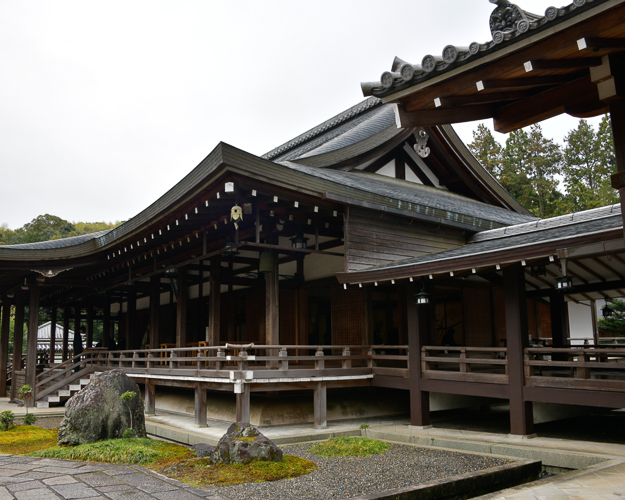
According to temple legend, Saihō-ji was constructed during the Nara period. Over time, the temple fell into disrepair, and in 1339, the chief priest of a nearby shrine summoned the famous Japanese gardener Musō Soseki to help him revive Saihō-ji as a Zen temple.

The garden is arranged as a circular promenade centered on Golden Pond (ōgonchi). The pond is shaped like the Chinese character for “heart” or “mind” (心, Kokoro) and contains three small islands.
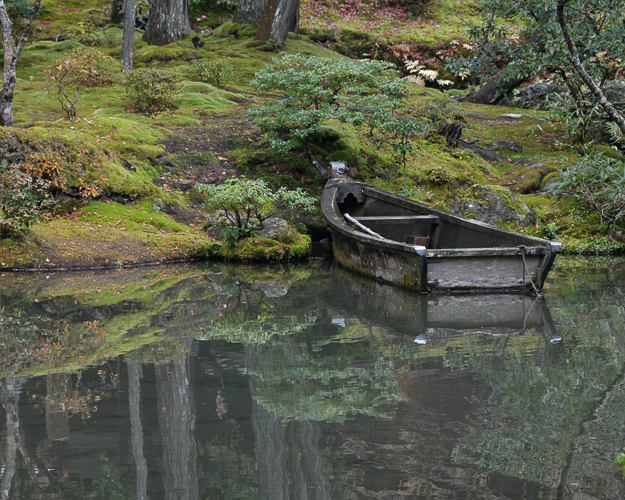
The area around the pond is said to be covered with more than 120 varieties of moss, which is believed to have started growing after the flood of the temple grounds in the Edo Period.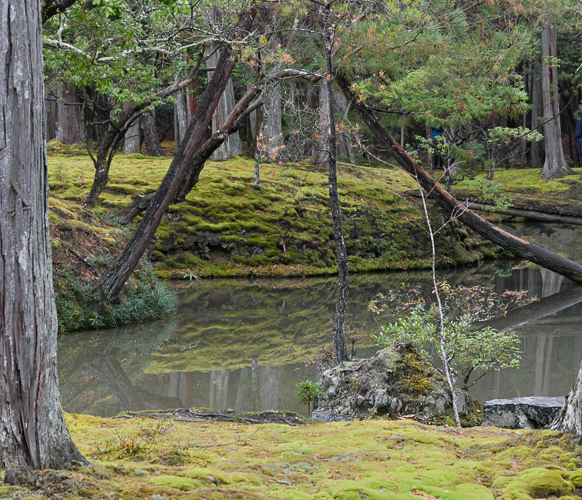
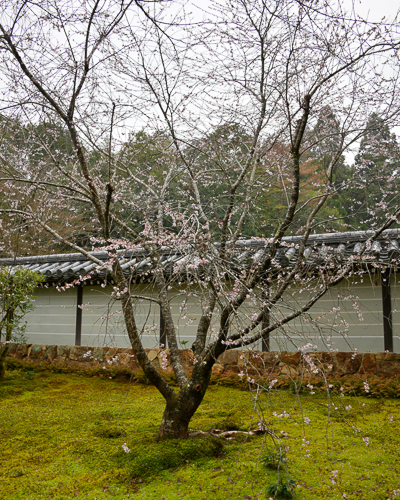
Until 1977, Saihō-ji was open to the general public on a walk-up basis. Now, it is open to the public by appointment only. It allows a very limited number of visitors and for only 90 minutes. It is said that these regulations were put into place to protect the delicate moss from the hordes of tourists that plagued the temple before 1977.
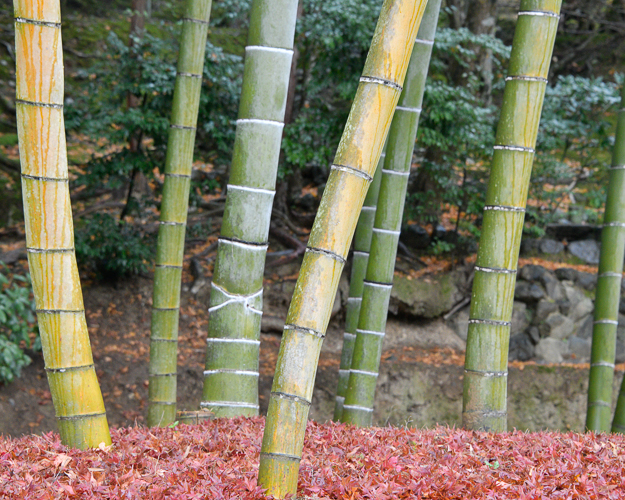
In 1994, Saihō-ji was registered as a UNESCO World Heritage Site.
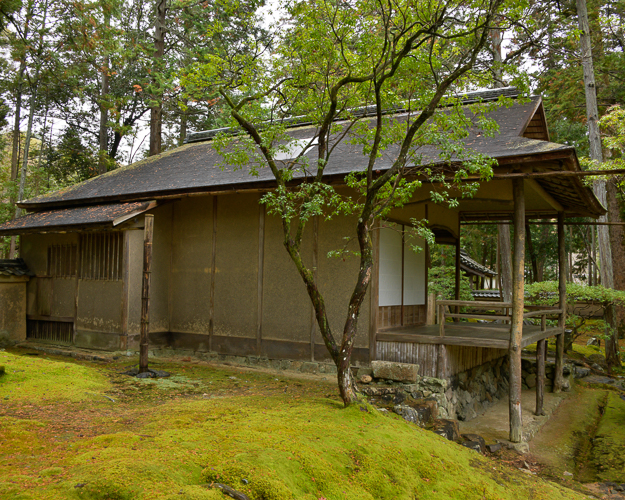
The tea house was rebuilt during the Toyotomi Period (16th century). It is known for its moon-watching area. It is also said that Sen-no-Rikyu (a tea master) had used the building as a temporary hideout when Toyotomi Hideyoshi ordered a hara-kiri. Iwakur Tomoi also used this teahouse and succeeded in hiding from the shogunates during the Meiji Restoration.
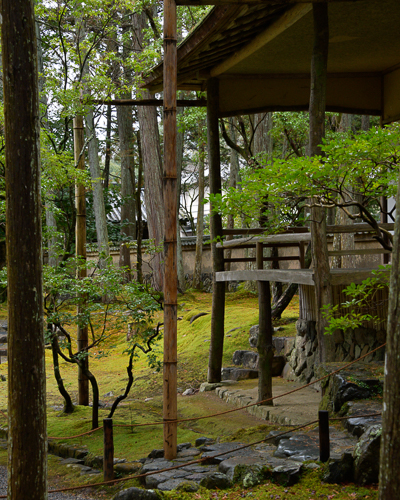
The front of the tea house
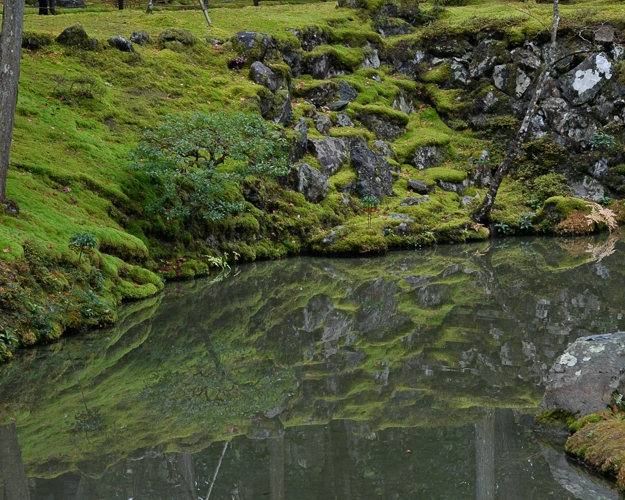
Walking the path around the pond is awe-inspiring. A short bus ride from Tokyo Station it is absolutely worth the effort to get a reservation and hop on a bus.
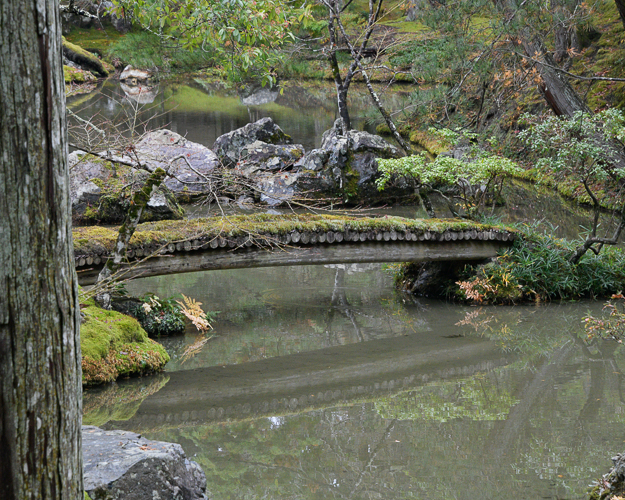 *
*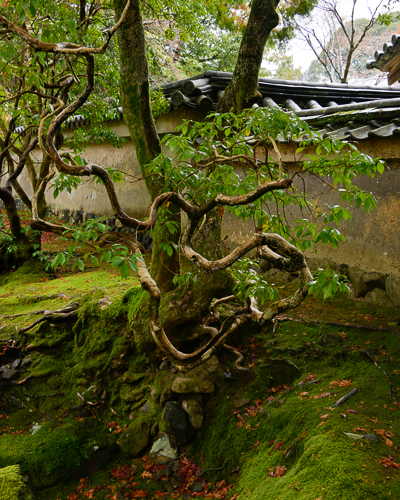
I apologize. I truly hate blogs that just photo-dump, but I just could not help it. This place is so amazing.
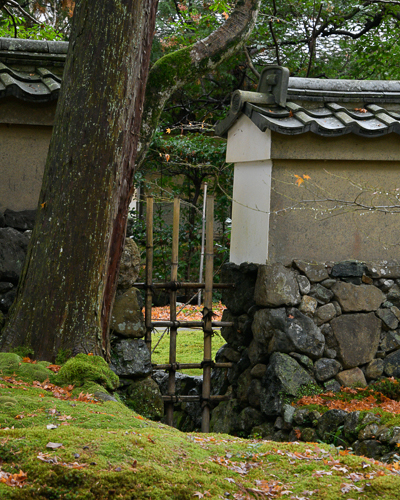 *
*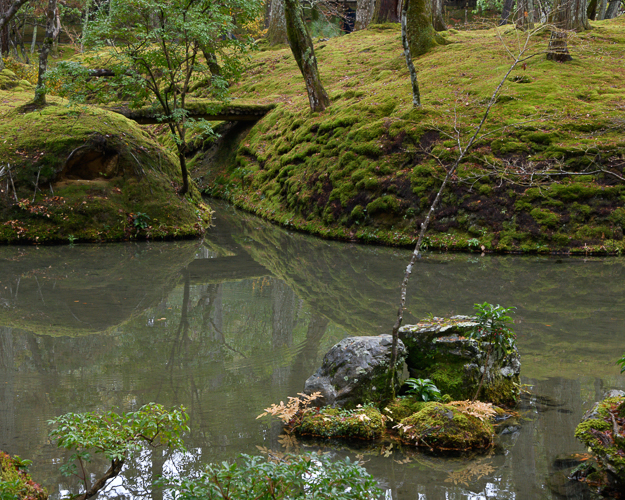 *
*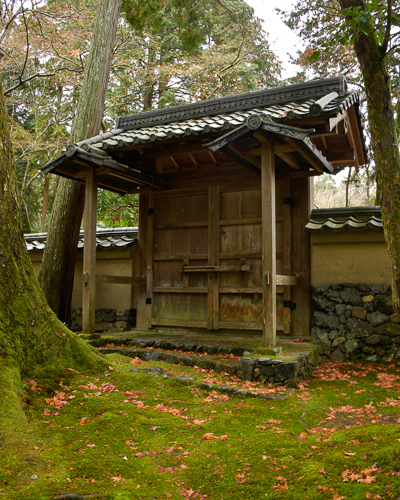 *
*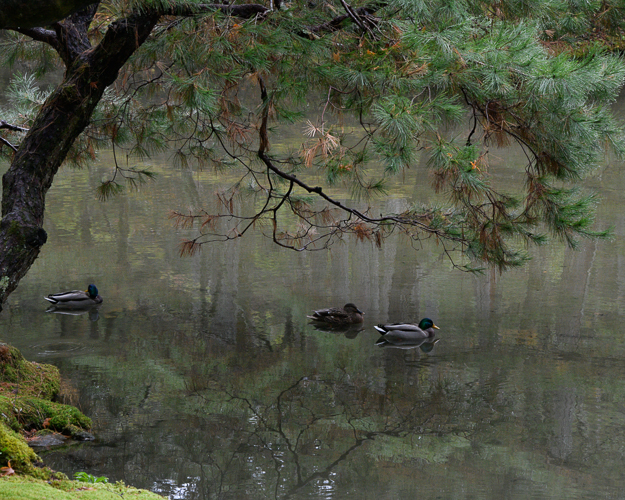 *
*
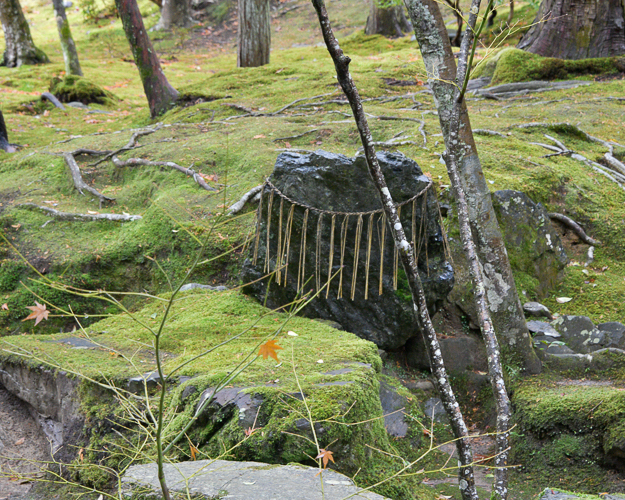
A sacred stone tied with a Shimenawa, a rope used to demarcate the boundary between the sacred and the profane.
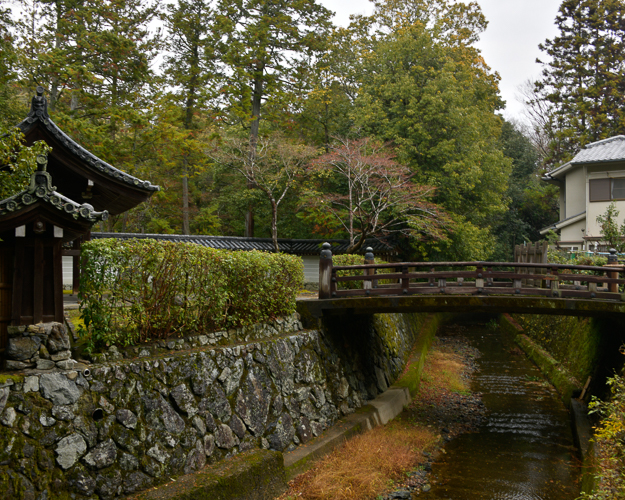
The bridge leads to the main gate, which is no longer in use.
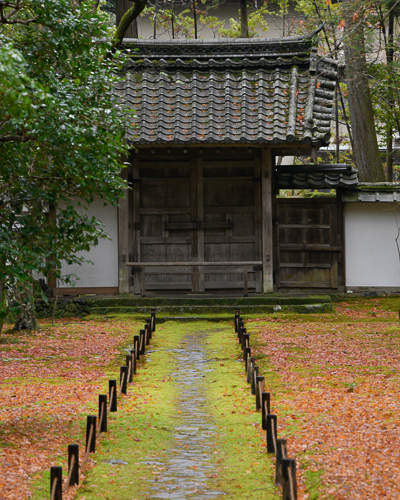
* *
*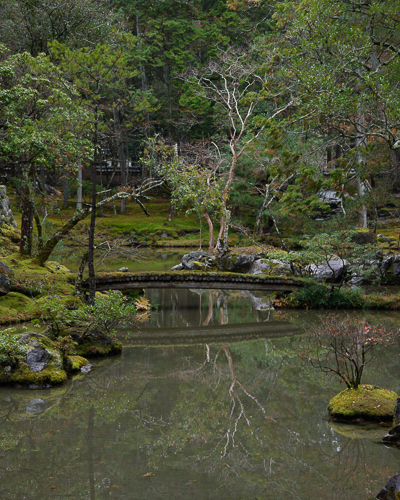
*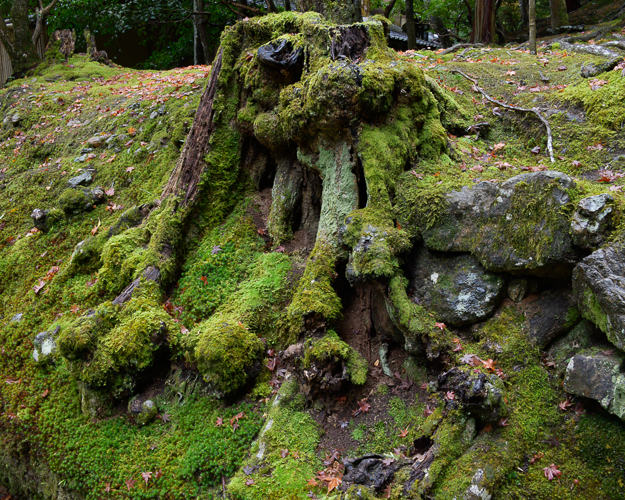 *
* *
*
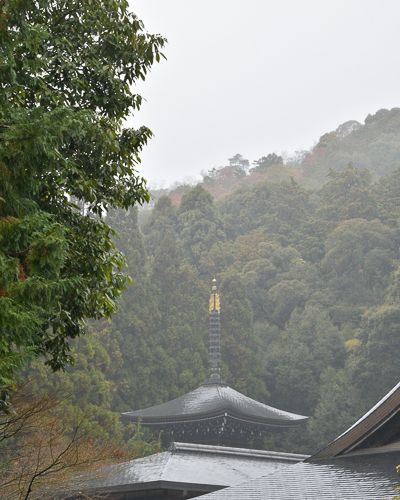
It started to rain just as my visit was over.
The Kanzeon,
paying homage to Buddha,
forged a causal connection with Buddha,
a karmic affinity with Buddha,
a karmic affinity with Buddha, Dharma, and Sangha, thus attaining permanence, ease, selfhood, and purity. In the morning, think of Kanzeon,
in the evening, think of Kanzeon.
Thought after thought arises from the mind;
thought after thought is not separate from mind.
kan ze on 觀世音
na mu butsu 南無佛
yo butsu u in 與佛有因
yo butsu u en 與佛有縁
butsu ho so en 佛法僧縁 jo raku ga jo 常樂我淨
cho nen kan ze on bo nen kan ze on 朝念觀世音 暮念觀世音
nen nen ju shin ki nen nen fu ri shin 念念從心起 念念不離心